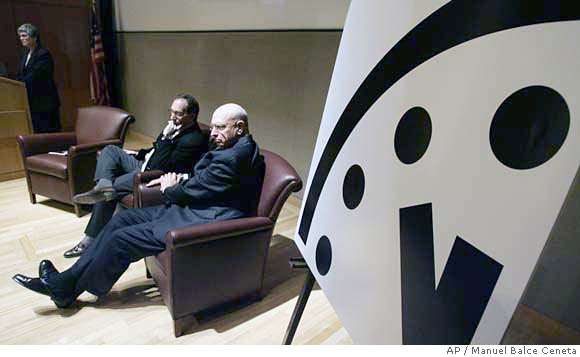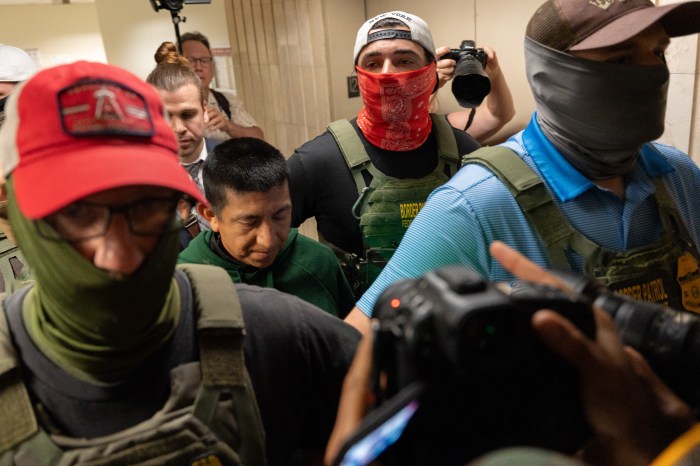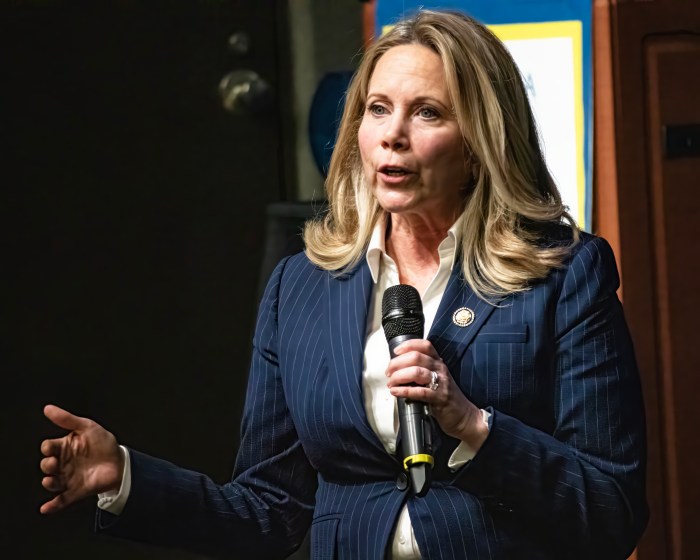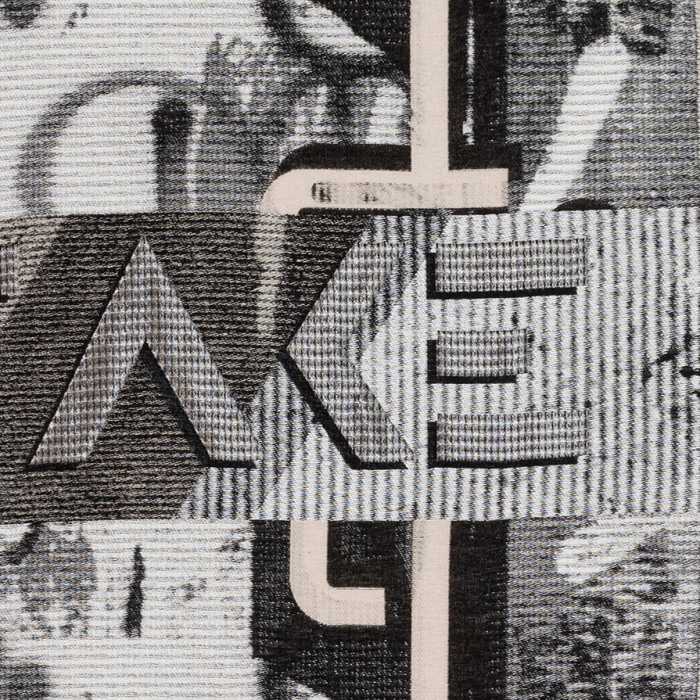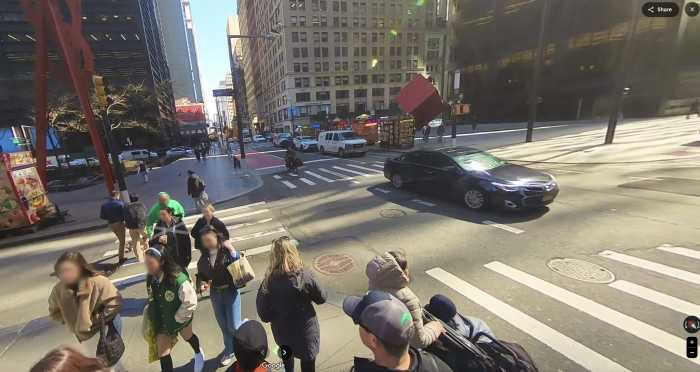
Scientists from The Bulletin of Atomic Scientists moved the hands of the “Doomsday Clock” forward one minute Tuesday.
“The Clock is ticking,” The Bulletin of Atomic Scientists warns in a statement.
The Doomsday Clock reveals how close humanity is to catastrophic destruction, with midnight being the end of humanity. The clock monitors the means humankind could use to wipe out humanity by use of nuclear weapons, climate-changing technologies and others.
The clock was moved up to five minutes to midnight January 10, moved one minute from last year’s six minutes to midnight.
“It is five minutes to midnight. Two years ago, it appeared that world leaders might address the truly global threats that we face. In many cases, that trend has not continued or been reversed,” said The Bulletin of Atomic Scientists in a press release. “For that reason, the Bulletin of the Atomic Scientists is moving the clock hand one minute closer to midnight, back to its time in 2007.”
One reason for the change is the constant growing threat of nuclear weapons.
“The world still has approximately 19,500 nuclear weapons, enough power to destroy the Earth’s inhabitants several times over,” said The Bulletin of Atomic Scientists. This year, scientists noted the Fukushima nuclear disaster as one of the reasons for the time change.
Another reason for the change is the growing threat of global warming without much progress combatting it. The scientists noted that The International Energy Agency projects that the world is doomed to a warmer climate, harsher weather, droughts, famine, water scarcity, rising sea levels, loss of island nations, and increasing ocean acidification unless societies begin building alternatives to carbon-emitting energy technologies over the next five years.
“As we see it, the major challenge at the heart of humanity’s survival in the 21st century is how to meet energy needs for economic growth in developing and industrial countries without further damaging the climate, without exposing people to loss of health and community, and without risking further spread of nuclear weapons,” said The Bulletin of Atomic Scientists.
The Bulletin urges people to take steps to avert catastrophe including ratification by the United States and China of the Comprehensive Test Ban Treaty and progress on a Fissile Material Cutoff Treaty and wastly increasing public and private investments in alternatives to carbon emitting energy sources, such as solar and wind, and in technologies for energy storage, and sharing the results worldwide.
According to Fox, the clock was first introduced back in 1947 and was set at seven minutes to midnight. The clock has since moved frequently throughout the years including in 1953, when it became two minutes until midnight and then went back to 19 minutes to midnight in 1991.




